Art Cheats
art cheats
hello i am here today to not lose track of the art cheats i have discovered over the years. what i call art cheat is actually a cool filter/coloring style/way to shade/etc. that singlehandedly makes art like 20 times better
80’s anime style
glitch effect
glow effects
adding colors to grayscale paintings
foreshortening ( coil )
foreshortening ( perspective )
clipping group (lines)
clipping group (colors)
dramatic lighting ( GOOD )
shading metal
lighting faces
that is all for today, do stay tuned as i am always hunting for cool shit like this
More Posts from Nastysynth and Others
death omens in Polish folklore
the following things, considered to be a sign of upcoming death - or even something that would bring death upon someone - are widely present in many branches of slavic beliefs. they are deeply rooted in the belief in magic - and even if now thought by many to be merely folk superstition, they were once a very set and important way of recognizing signs, foretelling the future, and protecting yourself and your household - way of life if you will.
considering my research and sources I’m using focus mainly on Polish folklore (with lesser additions from other slavic countries) I refrained from using the universal “slavic” title and categorization.
however, keep in mind that many of those will be present in the folklore of other slavic (especially east and west) lands.
birds:
- if a rooster crows three times, it means the death is coming - similarly, if he crows at night. if a hen crows similarly to the rooster, it should be killed because it is a terrible omen
- killing a stork will bring death upon the killer and misery upon the entire village
- if a swallow hits the window and dies, it foretells a death of someone in the household
- if you hear a cuckoo while staring at the ground or looking down it means death will get you before the year ends
- if a woodpecker pecks at the door or threshold of a house it warns you about the upcoming death
- if a woman sees a black pigeon it is a sign she will soon be a widow
- if an owl hoots throughout the night near the household it is a sign that someone will soon die
- if a jay sits upon the roof, someone in the household will die
- if a nightingale sings while someone is sick or dying, it means their death will be peaceful and painless
- crows, raven, and jackdaws circling above the household were the most agreed upon death omen
dogs:
- if a dog howls relentlessly at night, it means someone will die
- if a dog howls precisely three times, it means that someone just died and their soul passed close-by
- if a dog howls while looking down on the ground, it means he sees death itself coming for someone
- if a dog keeps digging in the ground in one place it is a sign of a grave having to be dug soon
- if a dog dies while its master is sick it is a sign the person will die as well
plants:
- cutting down an elderberry would bring death upon the person who did it; cutting one growing above a pond or stream would poison the water
- a lonely tree in a field, especially if dead or slanted, would bring bad luck, demons, or even death upon someone who touched it or sat beneath it
- digging up a rowan or a hazel tree (or destroying its roots) would bring death upon the one who did it
snakes:
- killing a household or barn snake would bring bad luck, illnesses or death upon the family
- if a child was sick and a household snake died it was a sign the child would die as well
dead, corpses, funerals:
- if someone points a finger at a funeral procession, they bring death upon themselves
- falling asleep in the room where a body of the deceased was kept would bring sickness and death on the person – similarly if someone sat or put anything between the legs of the dead
- if you look a dead person in the eyes they might take you with them
- if you do not belong to the closest family of the dead person or you are not the one appointed to carry out funerary preparations, touching the corpse might bring death upon you
- if someone looks through the window of the room and sees the deceased, that person will die soon
- if the funeral procession stops randomly while going through the village, someone will die in the house by which they stopped
- do not look behind you while in the procession, as the dead person’s soul might be following and will take you with it
spring and Kupala’s Night:
- if someone fences off his household in spring – or during Kupala’s Night St. John’s Eve – and drives the stakes through the ground, they will die before autumn
- if someone bathes in a pond or river before Kupala’s Night or St. John’s Eve they might die, killed by “the evil in the water” (usually topielce, boginki, witches, evil spirits etc)
these are, in all honesty, just a part of nearly countless beliefs and superstitions connected to death - and the signs and omens.
if anyone - especially my Slavic followers - knows more and has something to add, please do so, I’d greatly appreciate it.
(main sources, other than personal research and conversations with people - especially older - in villages and cities of Silesia and Lesser Poland: A. Lebeda, Komentarze do Polskiego Atlasu Etnograficznego: Wiedza i Wierzenia Ludowe, 2002; Z. Sawicka Śmierć i pogrzeb w tradycji ludowej; B. Żurawski Ludowe zwiastuny śmierci i złe wróżby; excerpts from S. Hodorowicz, Polish Customs, Traditions and Folklore)
so here’s my blender texturing guide! so many tutorial posts lately…
Czytaj dalej


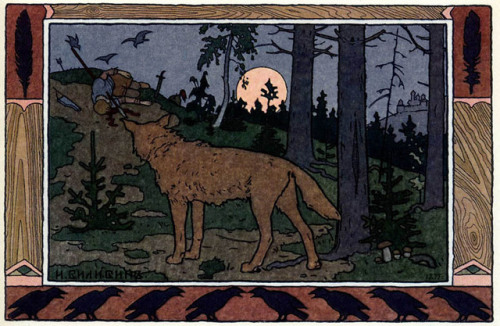
Wolves by Ivan Bilibin.
How do you draw noses?
I’m not sure what specific part you’re wondering about, so here’s a run-through of my process from sketching to painting!
1) The first thing I do is simplify the nose into a few basic shapes to get a prism-like block, like so:

2) I can now easily draw the prism shape in three-dimensional space depending on the angle and rotation of the head.

3) Using the guidelines/planes I can draw a proper nose in any angle! There aren’t many tricks or shortcuts for this step, unfortunately (other than practicing lots). I recommend using references, they’re always helpful :)
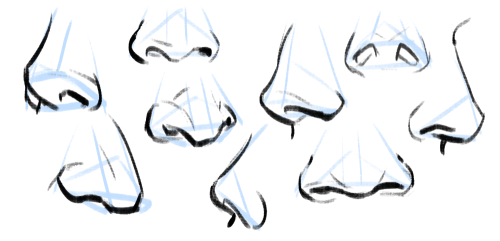
4) Really important to note: all noses vary greatly, especially from different ethnicities! A high-bridge “aristocratic” sort of nose or a ski-slope button nose might be accurate for some people, but definitely not everyone. Compare differences in size, width, a hooked or button nose tip, high or low nose bridge, and so on:

5) Then I paint! I have a skin tone tutorial here, if it helps. Take note of the lighting, skin tone, etc. Here are some things I keep in mind:
For pale skin tones, the nose sometimes has a redder colouration than the rest of the face because of increased blood flow.
The nose also usually has highlights (due to oil). These are located on the tip of the nose, the nostril groove, and where the base of the nose meets the flat area of skin around it!

Hope this helps! In the end, all stylistic choices are completely up to you. Art’s subjective, so feel free to draw any noses you want :)


FLOWER SYMBOLISM IN TOKYO GHOUL
From this gif post (taken with permission)
First off, we have

White carnation: innocence, remembrance
This could both represent the Keneki we see at the beginning of the series, and the inner reminiscing of the past by the current Kaneki.
Don’t forget, don’t forget
Remember who I am
The flower was stained in blood, resulting in a

Striped Carnation: refusal (I’m sorry I can’t be with you, but I wish I could)
This could be viewed as his necessary rejection of his past self, regardless of how strongly he has been clinging on to it so far. This reminds me of these two separate lines from the OP
The me that has stood in this shaken, distorted world-
Was pierced by the memory of the time I laughed so innocently
It starts as just a droplet of doubt, but Kaneki has to accept the reality, no matter how unpleasant it is
and finally,

Red Spider Lily/ Higanbana: the flower of death
Higanbana is a very famous flower in Japan so the meaning is clear here. This flower is associated with loss, longing, abandonment and lost memories. It is believed that if one meets a person one will never see again, this flower will grow along one’s path. I find that there are elements of yearning and regret a midst the finality and interpret this as Kaneki being forced to abandon it all- the death to his former self.
I have changed; I can’t return anymore

Some people were curious how I finish my 1H sketches so here’s a little tutorial ✨
Ps: just keep in mind that this is the result of super concentrating for 60min just drawing nothing else.








My friend @nuclear333 asked me how I shaded hair and I promised her a hair shading tutorial, which of course became a hair…everything…tutorial.
Lots of great tutorials have already been been made on the subject so here’s me throwing in my own two cents. The usual disclaimers apply: this is how I think of hair when I draw it, and is by absolutely no means the only way, or even necessarily a correct way, to do it. I’m always happy to hear about how others approach the same subject!
WHY IS DRAWING HANDS SO FUCKING HARD
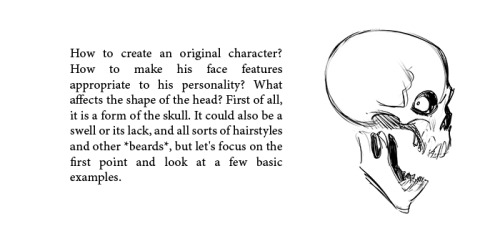


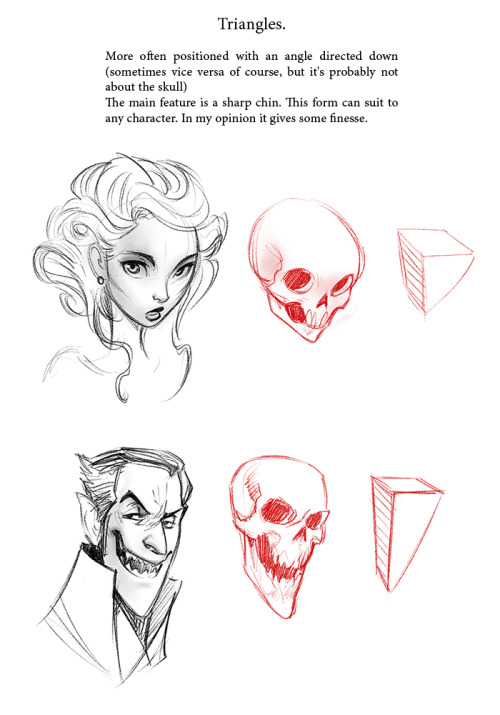

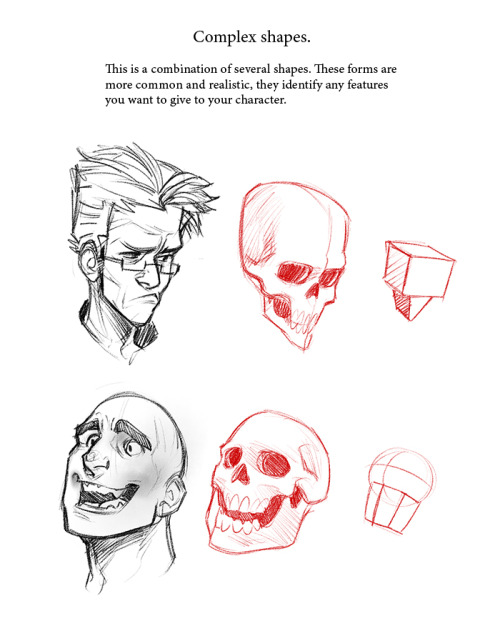
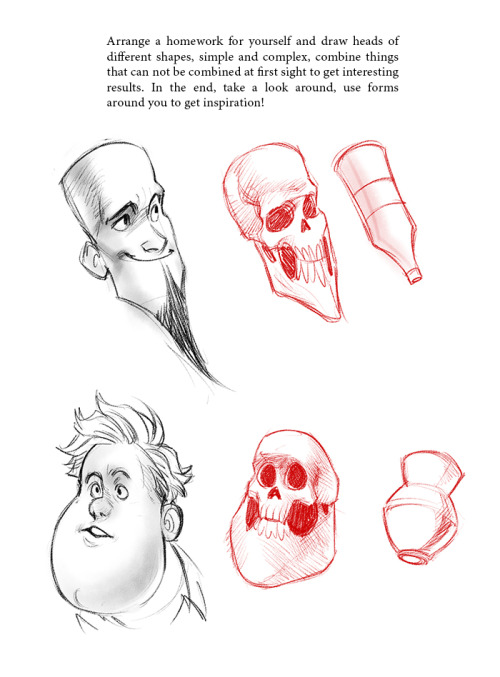
My old tutorial! Wanna share it with you)
Not the same Anon, but hyacinths please
Hi friend, thank you so much for your interest! I’m going to go over how I draw these flowers, but I realized midway that I’m actually very terrible at drawing these in particular, haha. There’s a reason I’ve lowkey avoided doing them so far, and I think it enabled me to highlight a bit more, the way I choose my arts.
It’s quite hard to teach just “how to draw a specific flower” mostly because I myself don’t know - the most important thing I can emphasize is using references!

I personally dislike drawing these flowers in my art, and I couldn’t figure out why until I started this tutorial.
One thing I tend to notice when I look at reference pictures is how flowers move as a ‘whole’ and their relative ‘flexibility’. I pay attention to that because the way I do art, I choose the flower in part based on appearance and how natural they will look in a specific composition.

I tend to like flowers that sprout outwards and have a kind of ‘loose’ appearance. The red lines here show the ‘direction’ I want the flowers to go in.

This is where these flowers pose a bit of a problem. Because arranged in clumps, they are very stiff. It’s not a bad thing if that’s what you’re looking for, but it’s not what I wanted, exactly, for this image.

They just stick straight up, because they have very stiff leaves and a tight packed pattern. (They sometimes tilt though, mine always did). At this point, I could decide the form isn’t right, and this isn’t the flower I want. But there’s also another thing I could do, which is altering it’s appearance when I draw it, slightly.

Left is a simplified version of the shape, while the middle is a more detailed image. The furthest to the right is a close-up of a single flower. Depending on what you want to portray, you can choose to alter what you want your flowers to look like.

As you can see, when drawn closer up, the flower has a lot more flexibility!

So with this, I ended up drawing the batch of flowers a lot larger than how it would be normally, while still retaining the recognizable flower and leaf shape.
So what I’m trying to convey is that sometimes you have to study references, but then know you can pick and choose what aspects to highlight in your art. That’s I think, how you can get your flowers to look extra ‘dynamic’ in your work - by accentuating their specific shapes to work to your advantage! And also playing with their colors and such! But hyacinths come in so many colors that any would work!
I hope this is helpful to you, anon!
-
 fruitybee-blog liked this · 1 month ago
fruitybee-blog liked this · 1 month ago -
 starlantern liked this · 1 month ago
starlantern liked this · 1 month ago -
 acidicleafbat liked this · 1 month ago
acidicleafbat liked this · 1 month ago -
 e-akito liked this · 1 month ago
e-akito liked this · 1 month ago -
 iolaussharpe-24 liked this · 1 month ago
iolaussharpe-24 liked this · 1 month ago -
 nebulous-aroace-from-outerspace reblogged this · 2 months ago
nebulous-aroace-from-outerspace reblogged this · 2 months ago -
 sharklordsatan reblogged this · 2 months ago
sharklordsatan reblogged this · 2 months ago -
 llixulia liked this · 2 months ago
llixulia liked this · 2 months ago -
 spiderkora reblogged this · 2 months ago
spiderkora reblogged this · 2 months ago -
 carnemorta liked this · 2 months ago
carnemorta liked this · 2 months ago -
 yoko-likes-2-save-stuffs reblogged this · 2 months ago
yoko-likes-2-save-stuffs reblogged this · 2 months ago -
 puzzlevision liked this · 2 months ago
puzzlevision liked this · 2 months ago -
 lemonade-ducks reblogged this · 2 months ago
lemonade-ducks reblogged this · 2 months ago -
 lemonade-ducks liked this · 2 months ago
lemonade-ducks liked this · 2 months ago -
 naninanas-world liked this · 2 months ago
naninanas-world liked this · 2 months ago -
 snowy-astrophile reblogged this · 2 months ago
snowy-astrophile reblogged this · 2 months ago -
 snowy-astrophile liked this · 2 months ago
snowy-astrophile liked this · 2 months ago -
 leahpardo-pa-potato reblogged this · 2 months ago
leahpardo-pa-potato reblogged this · 2 months ago -
 leahnardo-da-veggie liked this · 2 months ago
leahnardo-da-veggie liked this · 2 months ago -
 imsoveryveryconfusedatlife reblogged this · 2 months ago
imsoveryveryconfusedatlife reblogged this · 2 months ago -
 the-ellia-west liked this · 2 months ago
the-ellia-west liked this · 2 months ago -
 tildeathiwillwrite liked this · 2 months ago
tildeathiwillwrite liked this · 2 months ago -
 rivenantiqnerd reblogged this · 2 months ago
rivenantiqnerd reblogged this · 2 months ago -
 rivenantiqnerd liked this · 2 months ago
rivenantiqnerd liked this · 2 months ago -
 mycolorfulworld-studio--on-break reblogged this · 2 months ago
mycolorfulworld-studio--on-break reblogged this · 2 months ago -
 theoneroseinthegarden liked this · 2 months ago
theoneroseinthegarden liked this · 2 months ago -
 piophany liked this · 2 months ago
piophany liked this · 2 months ago -
 insanetwocubes liked this · 2 months ago
insanetwocubes liked this · 2 months ago -
 smolcomfort reblogged this · 2 months ago
smolcomfort reblogged this · 2 months ago -
 dirtface0706 reblogged this · 2 months ago
dirtface0706 reblogged this · 2 months ago -
 itissadbutitsmy-life liked this · 2 months ago
itissadbutitsmy-life liked this · 2 months ago -
 proj3ctv liked this · 2 months ago
proj3ctv liked this · 2 months ago -
 sullencrab liked this · 2 months ago
sullencrab liked this · 2 months ago -
 superspicygummybears liked this · 2 months ago
superspicygummybears liked this · 2 months ago -
 queen-hallows reblogged this · 2 months ago
queen-hallows reblogged this · 2 months ago -
 anabbys-666 liked this · 2 months ago
anabbys-666 liked this · 2 months ago -
 squidsareprettycool liked this · 2 months ago
squidsareprettycool liked this · 2 months ago -
 utane liked this · 2 months ago
utane liked this · 2 months ago -
 alduinprime liked this · 2 months ago
alduinprime liked this · 2 months ago -
 cherrybellchronicles reblogged this · 2 months ago
cherrybellchronicles reblogged this · 2 months ago -
 lunova-777 liked this · 2 months ago
lunova-777 liked this · 2 months ago -
 st7rfall liked this · 2 months ago
st7rfall liked this · 2 months ago -
 dirtface0706 liked this · 2 months ago
dirtface0706 liked this · 2 months ago -
 dietdaemon liked this · 2 months ago
dietdaemon liked this · 2 months ago -
 lilnox liked this · 2 months ago
lilnox liked this · 2 months ago

Sylwester | i will mostly post sketches, because i'm too lazy to end them
196 posts